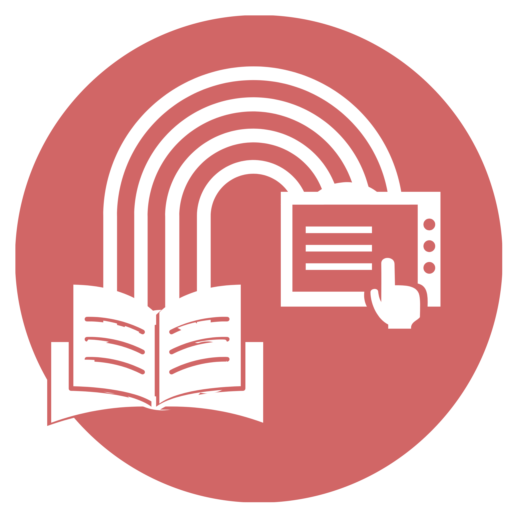
Collaborate with educators to develop authentic, active learning experiences that foster student agency, deepen content mastery and allow students to demonstrate their competency.
ISTE STANDARDS FOR COACHES
Developing authentic, active learning experiences
Collaboration is an essential aspect of leadership in all forms. The ISTE standards takes the concept of collaboration one stage further by identifying a purpose to the experiences created through collaboration: deepening learning and fostering agency for students. Technology coaches need to be concerned about developing these experiences for two primary groups of students: the children in the classroom, and the educators who work with them.
Collaborating on behalf of students should be a priority, but often time constraints, budgetary constraints, and every day problems get in the way. This was never as true as it was during the move to remote teaching at the beginning of the Covid pandemic. In a post in 2021, I wrote about collaborating during uncertain times, distance collaboration, and the importance of doing so to create learning experiences for students. As we move away from remote learning, it is useful to take with us the technology tools that made meaningful collaboration on behalf of students possible (while leaving behind those that we only used out of necessity).
Collaborating with educational leaders to create active, meaningful educator training is an important part of the coach’s role. I wrote about developing effective trainings through the use of different training models in a post about evaluating professional development methods and mediums. Additionally, I examined the ways in which coaches can ensure that training sessions are actively engaging while also being deeply meaningful in two posts: Active Learning for Adult Learners, and Please No More Icebreakers. It is important that we work together with all stakeholders in lessons and trainings to ensure that these experiences result in meaningful change.